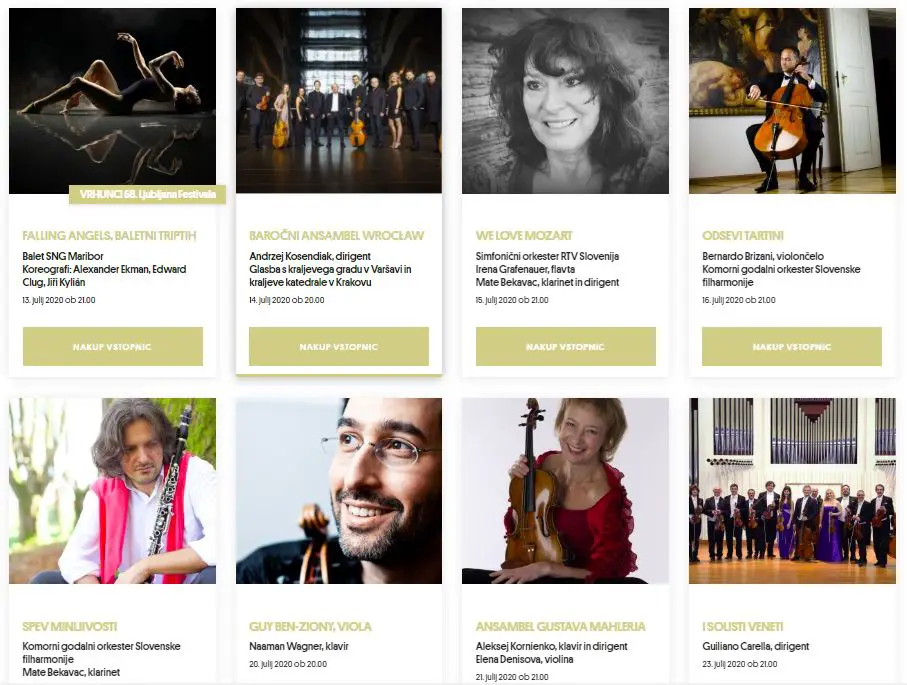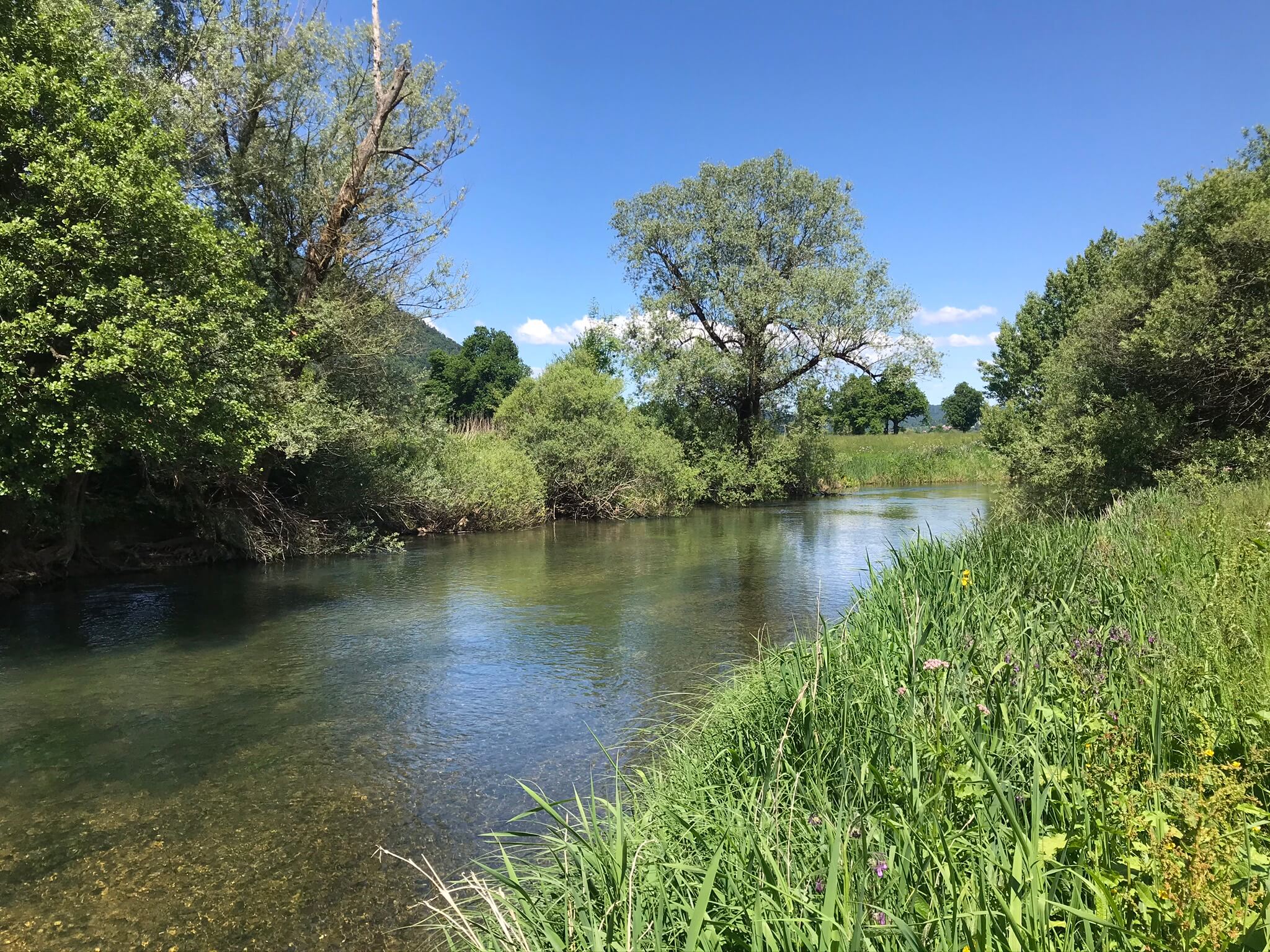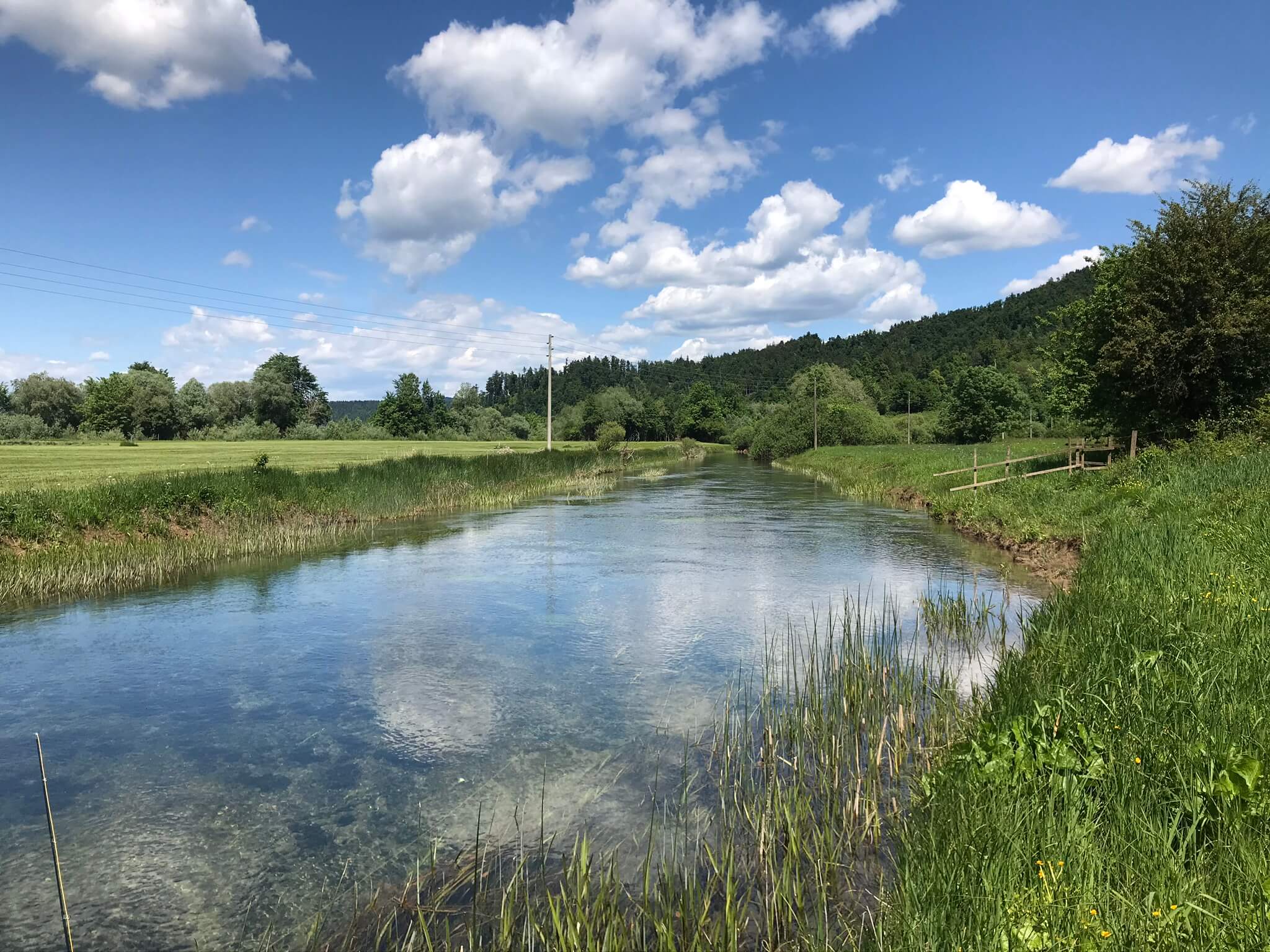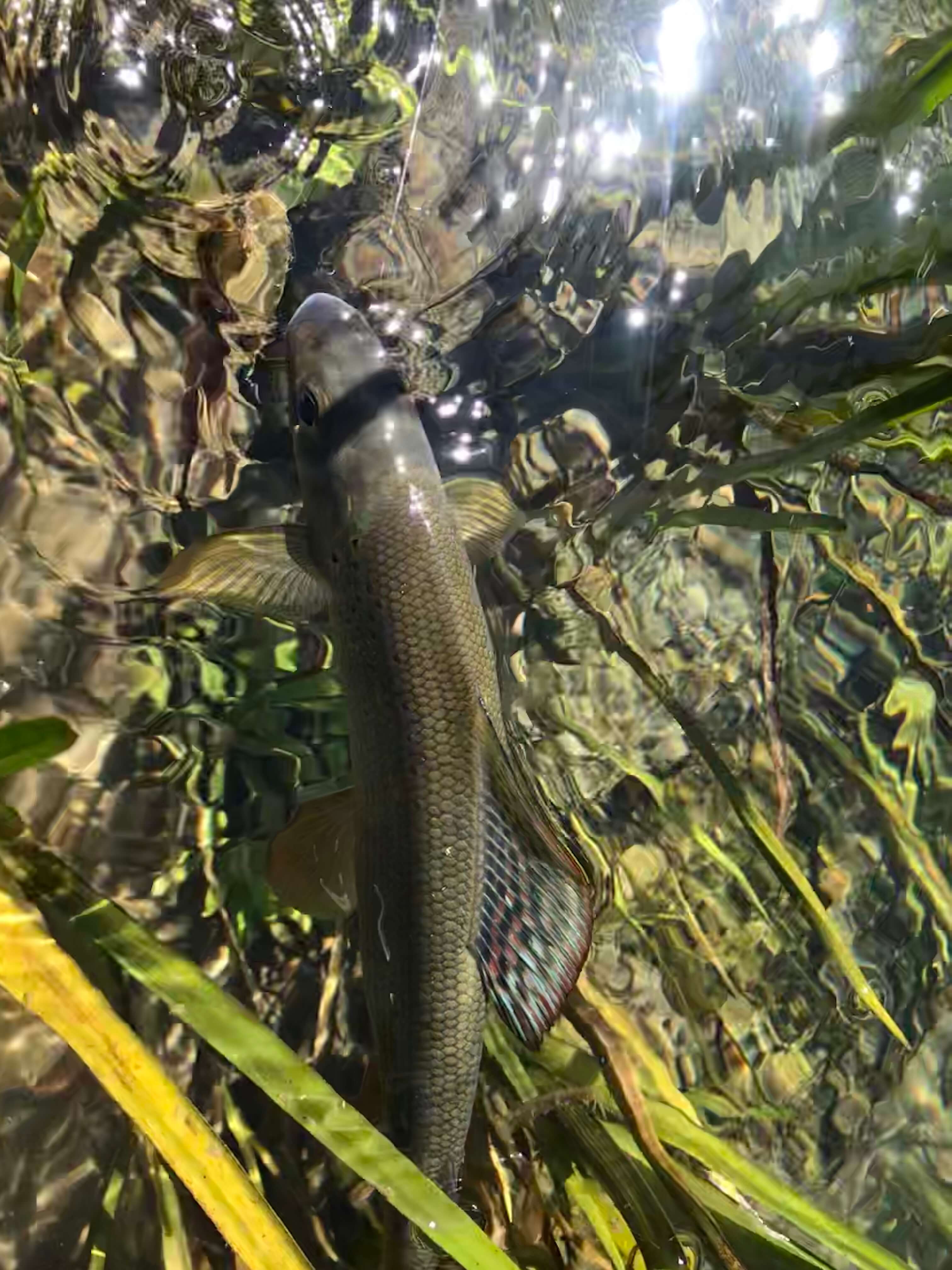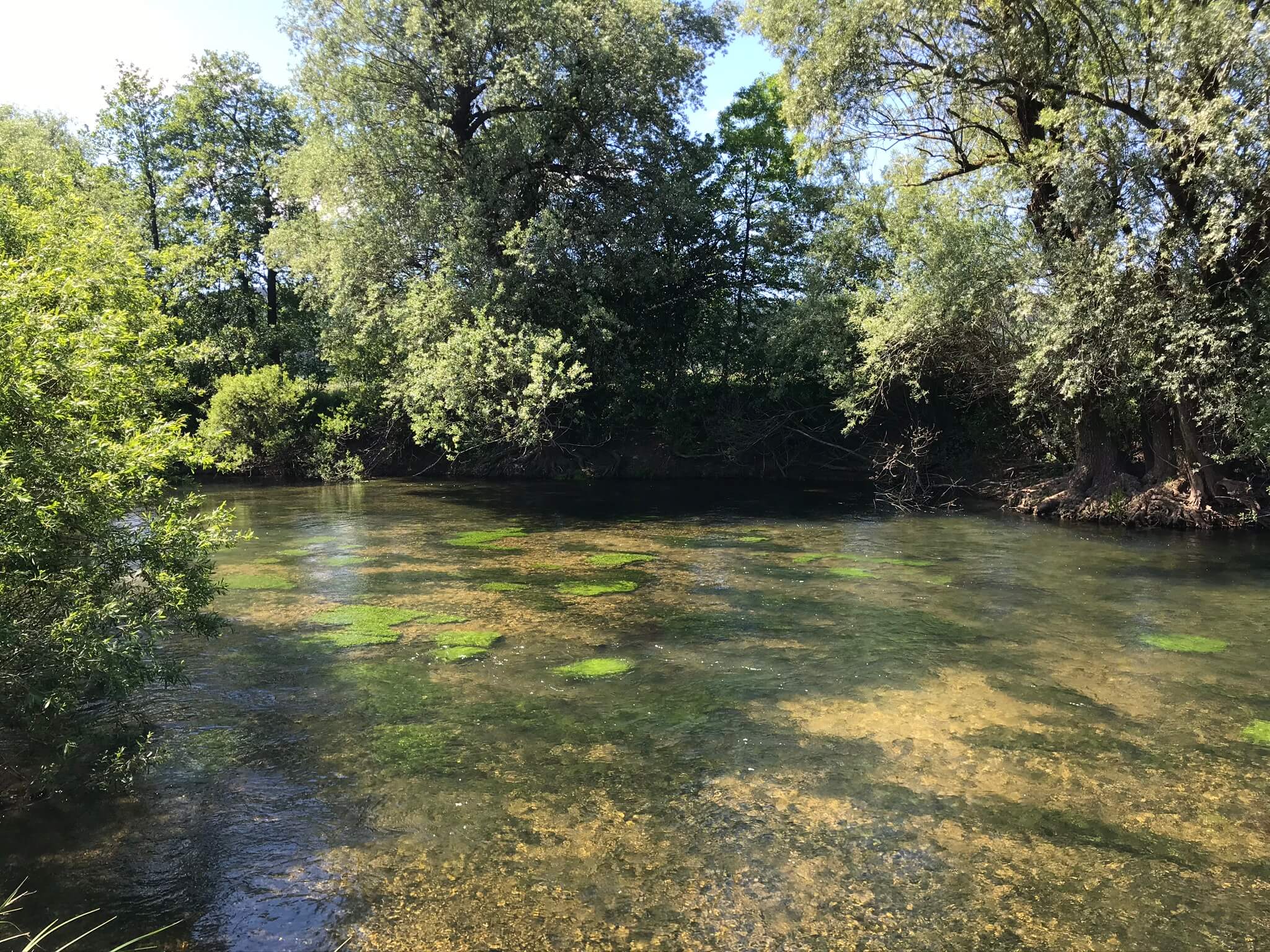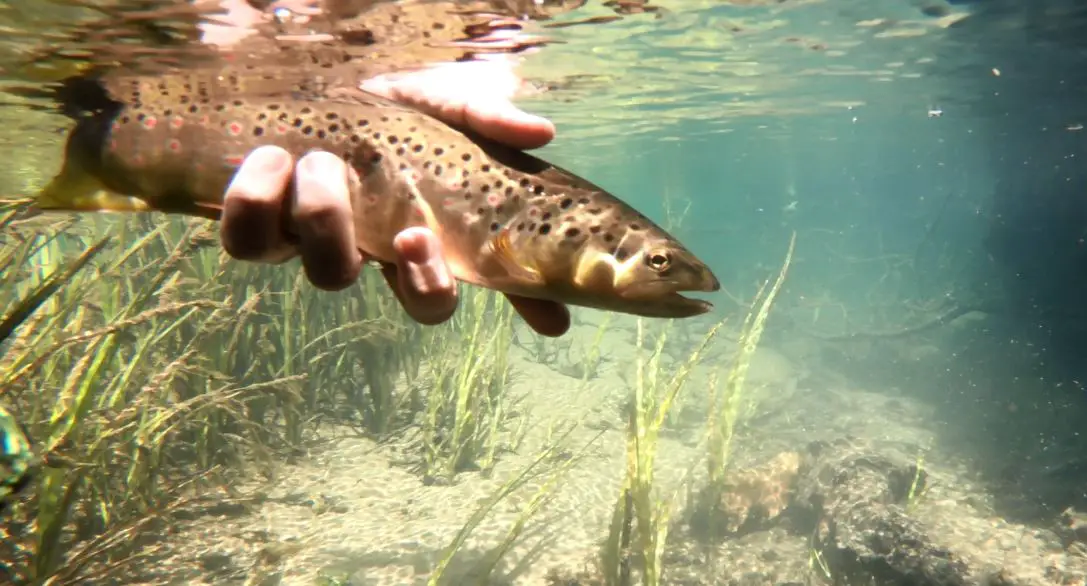Travel
STA, 4 July 2020 - Croatia, France and the Czech Republic are no longer deemed green Covid-19 safe countries by Slovenia from today, which entails some restrictions for nationals of these countries when entering Slovenia.
Citizens of the countries demoted to the so-called yellow list will be submitted to a mandatory two-week quarantine on entry unless they are just transiting the country or have booked accommodation here while their country was still green and also have a valid certificate proving they have tested negative for Sars-CoV-2.
The list of countries on the green list is here
Slovenians and EU and Schengen country citizens that are residents of Slovenia who are returning from Croatia can re-enter without restrictions if they can produce some proof at the border that they in fact have been staying there such as hotel bill or a property ownership document.
Border police officers will have a discretion to decide whether the proofs are valid, or else they will assume the arrivals have come from a red-listed Balkan country, which would entail a mandatory two-week quarantine.
The authorities say this was after it turned out some of those entering Slovenia from Croatia had failed to report that they had in fact been visiting one of the countries further to the south.
Slovenia has seen an increase in new coronavirus cases over the past couple of weeks as a result of cases imported from the countries of the former Yugoslavia.
Those who expect to be handed quarantine orders can enter Slovenia by four border crossings from Croatia (Gruškovje, Obrežje, Metlika and Jelšane) and one from Hungary (Pince). Others can use other crossings as well.
Also from today, Belgium and the Netherlands have been promoted to the green list of what are now 21 countries for which no restrictions apply [ed. the official list - now in English - is here, but check when last updated].
All our stories on coronavirus and Slovenia
STA, 2 July 2020 - Croatia, France and Czechia will be removed on Saturday from the green list of countries considered epidemiologically safe by Slovenia, government coronavirus spokesperson Jelko Kacin said on Thursday. Belgium and the Netherlands will on the other hand be green-listed. Kacin also announced efforts to serve quarantine orders already on the border.
Being put on the yellow list means that most foreign citizens arriving in Slovenia from these countries need to subject themselves to a two-week quarantine, while this does not apply to Slovenians [ed. or those with a residence card] returning from yellow-listed countries.
Kacin said that the SarS-CoV-2 situation was improving in some countries, in particular in western Europe, with the the number of infected persons falling below 10 per 100,000 inhabitants. This is why Belgium and the Netherlands will be put on the green list.
However, there are also countries where things are deteriorating, which is why the government is to decide at today's correspondence session that Croatia, Czechia and France be put on the yellow list, effective Saturday.
Kacin said that Slovenians returning from Croatia will not have to go into isolation, but he stressed they would be asked at the border if they are really returning from Croatia and not from other Western Balkan countries that are on the red list and entail quarantine in Slovenia also for Slovenian citizens.
"There has been too much misleading. Police will get instructions and our travellers should get ready to reveal a little more about where they have been," Kacin said, explaining it will also be necessary to provide evidence.
He again urged against travel to Serbia, North Macedonia, Albania, Bosnia-Herzegovina or Kosovo, where the virus is spreading fast. "Everywhere where they had elections and election rallies, the number of infected persons is rising," he added.
As for Croatian citizens planning a holiday in Slovenia, Kacin said that bookings made before Saturday will allow a holiday without quarantine.
Kacin moreover announced the government would examine today the border regime with a focus on putting in place conditions for the effective serving of quarantine orders and strict controls at entry points into Slovenia.
"The government will do all it can so that these quarantine orders are served already on the border to prevent delays and have everybody informed - the National Institute of Public Health, the Health Ministry, the health inspection and, if needed, the police as well," Kacin said, explaining those affected will have to drive directly to their quarantine location.
Referring to administrative rules that have been preventing an effective serving of quarantine orders and thereby enforcement, he said "it will no longer be the case that the quarantine passes before people even receive the order". He added the relevant ministries and other institutions have until Saturday to organise and adapt.
Kacin said more oversight will also be necessary at health institutions and nursing homes and that instructions will be sent out on Friday on how to avoid infections there.
He did not directly comment on Moravče Mayor Milan Balažic issuing today a decree that prohibits any public gatherings as well as private parties or Church mass in this municipality north-east of Ljubljana.
He said the government is trying to prevent the entering of the virus from abroad, expecting the measures to be effective and thus eliminate any need for individual mayors to take action. "But if such gatherings are really happening in their territory, we understand people's concern," Kacin added.
STA, 1 July - The Ljubljana Festival will start this evening to the joy of both the audience and performers, who will be able to take the stage despite the many restrictions due to the coronavirus situation. The festival will open with the sounds of Beethoven's Symphony No. 9 and Piano Concerto No. 3.
Conducted by Charles Dutoit, the opening concert will feature the first lady of the Slovenian pianist Dubravka Tomšič Srebotnjak, the orchestra and choir of the Slovenian Philharmonics, and the Megaron choir and soloists Sabina Cvilak, Monika Bohinec, Egils Silins and Rodrigo Porras Garulo.
The award-winning Swiss conductor told the press on Tuesday he was happy that the Ljubljana Festival did not share the fate of most other festivals around the world that had been cancelled because of coronavirus.
This year marks the 250th anniversary of Ludwig van Beethoven's birth but most events have been cancelled, except those in Ljubljana, "so I'm extremely happy to be here", he said.
Darko Brlek, the festival's director and artistic director, has recently told the STA that the coronavirus situation has affected mainly large multinational ensembles because of "mobility and such". Thus, the Bolshoi Theatre will not be able to play its Fidelio in Ljubljana.
But the festival has instead managed to attract artists that have been on its wish-list for years, including Austrian-Russian soprano Netrebko and German tenor Jonas Kaufman, he said.
According to him, the highlights of the festival will be a concert marking the 90th birthday of the great Slovenian pop music composer Mojmir Sepe, operettas Gräfin Mariza and Die Fledermaus, ballet performances Falling Angels and the Corsair, opera Nabucco, a concert by I Solisti Veneti, the musical Lolita from St Petersburg and Beethoven's violin sonatas performed by Slovenian violinist Lana Trotovšek and Spanish pianist Maria Canyigueral.
The closing event will be a concert by the La Scala orchestra from Milan.
The festival's main venue will be Congress Square, where preventive measures can be implemented more easily, while some events will be held at the Križanke open-air venue, and some in Cankarjev Dom.
The 68th summer festival will be filling the evenings in the centre of Ljubljana with classical music until 30 August.
You can see the full the progamme, and book tickets here. Some shows are already sold out
Thanks to its enviable geographical diversity with a vast network of pristine rivers and lakes, Slovenia is awash with fun water-related activities. From a relaxing swim or paddle-boarding trip, to adrenaline-pumping white-water adventures, the country is dotted with numerous water sports locations which become especially inviting during hotter summer months.
The region that stands out in terms of outdoor recreation is undoubtedly the mountainous area of the northwest, and Slovenia’s Julian Alps have become a mecca for rafting enthusiasts. Each year, the Soča River, appropriately labelled the Emerald Queen, attracts thousands of locals and tourists who come to tackle its amazing rapids. The Soča offers all levels of difficulty as it carves its way through the mesmerizingly gorgeous valley of the same name. Other rivers, including the Sava, Upper Savinja, Krka and Kolpa, are superb rafting destinations where you can enjoy a fantastic selection of rapids and pools, accompanied by spectacular countryside.
Besides rafting, many regions of Slovenia pride themselves with excellent kayaking conditions. The wild Soča, the slightly calmer Sava Dolinka and the easy flowing Kolpa are unquestionably the main kayaking rivers, but for those who are looking for some slow-paced paddling, the Ljubljanica is the river to venture down. Flowing through one of Europe’s greenest capitals, the Ljubljanica takes you from the protected marshlands straight into the Ljubljana’s vibrant centre, combining sightseeing with physical recreation. And for the more advanced kayakers, a slalom course on the Sava River on the outskirts of Ljubljana ensures superbly versatile practice runs.
Another increasingly popular water activity in Slovenia is the peculiar yet exhilarating sport of canyoning. It involves a unique way of exploring nature’s wonderful architecture by jumping, abseiling and sliding down hidden gorges with narrow passages, stunning waterfalls and crystal-clear pools in a surreally beautiful environment. Slovenia is home to numerous canyoning locations of varying difficulty. From the relatively demanding variations found at Fratarica and Grmečica, to more family-friendly descents at Jereka and Sušec – canyoning presents an exciting combination of adventure and sport where you can discover nature’s mysteries up-close and personal.
Whichever water activity you decide to engage in, remember that safety is paramount. Joining an organised group led by a professional guide who supplies you with all the necessary equipment and knowhow is the recommended way of traversing down Slovenia’s rivers and gorges.
If you’re interested in exploring the great outdoors in Slovenia, then check out the tours on offers at Slovenia Activities
STA, 28 June 2020 - Slovenian seaside resorts, popular tourist destinations in the country, are seeing a considerably bigger share of domestic guests in the wake of coronavirus restrictions as well as concerns and introduction of government holiday vouchers. Accommodation providers are optimistic, recording growing demand.
What You Need to Know about Slovenia’s Tourist Vouchers to Kickstart the Tourism Industry
Since Thursday, all seaside hotels belonging to the Sava Turizem company are open and have been almost fully booked this weekend. Eurotas hotels on the coast are also seeing increased demand.
Next weekend, the situation will be similar, said Sava Turizem; its hotels in Izola and Strunjan are to be mostly fully booked, whereas the rest will record 65%-70% occupancy rate.
Domestic guests are the majority, followed by tourists from Austria and Germany.
The share of Slovenian guests in Sava Turizem hotels has spiked. Previously, domestic guests accounted for some 30% of all the demand, whereas this year almost 80% come from Slovenia.
Meanwhile, Eurotas hotels at the seaside have also reopened, seeing buoyant demand. Foreign guests are still more common, however the share of Slovenians has increased as well compared to previous tourist seasons.
Moreover, government holiday vouchers have been in the spotlight, with many Slovenians opting to use them or asking about relevant instructions, the company said.
STA, 27 June 2020 - Open-air cinema events are in the works this summer by the Slovenian Art Cinema Network (Art kino mreža Slovenije), which is to hold outdoor film screenings in 18 Slovenian cities and towns. The Ljubljana Kinodvor cinema has already opened its outdoor venue and plans to hold a number of events in July and August.
The 2020 Film Under the Stars, a series of open-air screenings in the courtyard of Ljubljana Castle, will be held as well as a three-day free-of-charge event in Congress Square.
The former saw a record number of visitors in 2019 with 16,700 film buffs climbing the Castle Hill or riding the funicular railway up to the castle to enjoy a cinema experience.
This year's event will take place between 16 July and 8 August, showing recent hits and some avant-premieres as well as special screenings. The programme will be released on 1 July when tickets pre-sale starts too.
Meanwhile, the Congress Square event will be held between 11 and 13 August.
The open-air screenings are now even more fitting in the wake of the coronavirus epidemic, reads the network's press release.
Apart from the capital, film buffs could enjoy open-air screenings this summer in a number of towns across the country, including Idrija, Izola, Krško, Ptuj, Radovljica, Celje and Slovenj Gradec.
The Summer Cinema locations will include castles, parks, abandoned swimming pool complexes and other intriguing venues.
Moreover, a drive-in cinema will be held in Ptuj with a two-day event.
The summer has begun, and while travel restrictions and fear of quarantine will mean fewer foreign tourists this year, there’s still plenty for locals and visitors to enjoy in the days and weeks ahead. Two events of note are the Ljubljana Festival and Ana Desetnica.
The 68th Ljubljana Festival starts Monday 29 June and runs until 3 September, with the usual outstanding programme of classical music, opera, ballet, musicals, pop, theatrical performances, art events and more going on in the capital. While the home of the Festival is Plečnik’s wonderful Križanke open-air theatre, you’ll also find shows in Congress Square, Cankarjev dom and SNG Opera & Ballet, with the packed schedule and details on tickets to found here.
Some of the evenings on offer at the Ljubljana Festival
Ana Desetnica, the international festival of street theatre, has an even fuller (albeit shorter) schedule of theatre, music, comedy, circus-style acts and so on – all free to view – and takes place in various towns and cities across the country, with the programme split into two halves.
Part one sees the fun come to Kamnik (27 & 28 June), Ljubljana (1-4 July), Nova Gorica (30 June - 4 July), Sežana (3 July), Ilirska Bistrica (4 July), Gornja Radgona (3 & 4 July), Celje (4 July), and Krško (4 July). Part two comes in September, and we’ll remind you then.
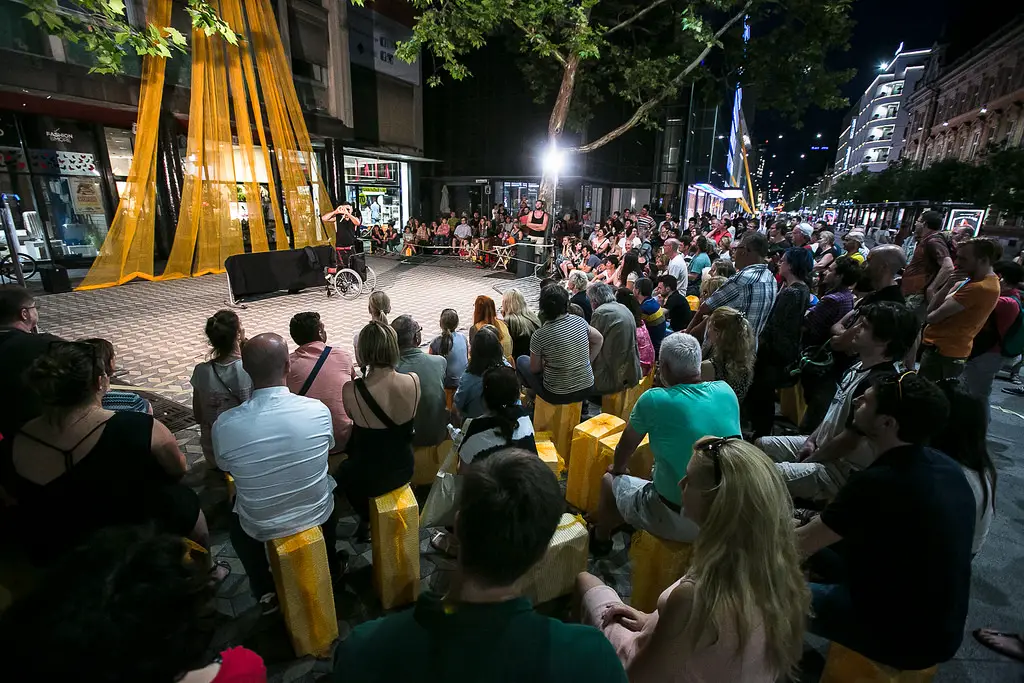
In Ljubljana, much of the action takes place on Slovenska cesta. Photo: Fickr - Luka Dakskobler
The festival was split in two because of the uncertainty raised by Covid-19. As such the first section will feature Slovenian artists and artists living in Slovenia, while those from abroad are expected to appear in the second half, planned between 17 and 20 September with performances in Ljubljana, Novo Mesto, Šoštanj and Nova Gorica. Moreover, artists associated with Ana Desetnica will also be bringing joy to the streets and squares of Maribor, Ankaran and Vrhnika, with all performances will be free of charge. You can see the full schedule – divided by town or city – here.
Earlier his year we had an interview with Matej Godec, of FLYFISHINGODEC, a boutique tourist agency specialized in organizing fishing and other excursions around Slovenia. Today he tells of a recent fishing trip to a favourite spot in the country.
The Unica River, managed by the Fisheries Institute of Slovenia, is considered one of the most beautiful fly fishing areas in Slovenia, and a visit is always something special. The gorgeous scenery and landscape of Planinsko polje, the beautiful sunny weather and the green hue of the river, which is dominated by brown trout and grayling, ensure that you’ll spend a wonderful day fly fishing.
Unica, aka the Slovenian sinking river, is formed by the confluence of the rivers Pivka and Raka in Planinska jama. Their merger represents the largest confluence of underground rivers in Europe. The overhead stream of the Unica is about 10 km long. It flows from south to north along Planinsko polje.
I decided to start mine from the large parking lot at Hasberg Castle. You can’t miss the well-trodden paths by the river, as the river attracts anglers from all over Slovenia and world. The water level on the day of my visit was ideal - 32 cm / 4.59 cm3 (you can check it now here) - and the swarming of insects in the air let me know that I’d be fishing with a tied dry fly and my box of heavy nymphs would stay in the bag. And it really was that way. The mowed fields do not pose a problem for the anglers with longer throws, so it’s also possible to approach the secret fish on the other side of the river, hidden under trees and bushes.
Grayling, 15-20 cm in size, played in the spring sun and picked up my dry fly as if for a bet. For a start, I used a dry fly, a classic, Fratnik's FFly in natural colour tied on a hook size 16. The turning point came when I replaced the Fratnik’s FFly hook size #16 in a natural shade tied to hook #14. The fly on hook #14 made my fishing even more interesting that day, as among the many hatches of small grayling there was also a larger grayling that did not belong to the 50+ club, but is still an enviable size between 40-45 cm. I did not have any brown trout during all the catches that morning, but that soon changed.
After lunch, which I had in the middle of a Planinsko polje, I went to Malenščica. This is the right tributary of the Unica River, and is a smaller and narrower river, overgrown with bushes and greenery, and like Unica it offers shelter to graylings and brown trout. I continued fly fishing with a tied dry fly on hook #14. Hidden behind the bushes and with shorter throws, I tricked a few more beautiful grayling, who were just competing to see who would be first at my fly. When I saw a one picking up, at first look and estimation I thought he could get close to the 50+ club, I was surprised by a 40+ brown trout from the stream, which bit into a dry fly as if it hadn’t eaten for three days. The fight with the hungry brown trout lasted a full 10 minutes. Finally I managed to get it safely to a shore and catch it in the net. All the caught fish, some after being photographed, I returned safely and unharmed to their realm of the depths.
I ended the day with a visit to Hasberg Castle, which in its time on the banks of the Unica River inspired and reigned over the area with its beautiful gardens, staircases and courtyard. It was a wonderful day, not only for the fishing, but for the peace and quiet in beautiful surroundings, and I will definitely be back at Unica soon.
If you’d like to book a fishing course, day school or trip with Matej, throughout the year and at many places in Slovenia, then check out his site (in English) FLYFISHINGODEC.
Slovenia is as captivating below as it is above. Attesting to this fact is the world-famous Postojna Cave. Its incredible underground formations and the indigenous creature called “the human fish” have been attracting tourists for 200 years. A less known but equally impressive system of caves are the nearby Škocjan Caves, listed among UNESCO’s world heritage sites.
However, Slovenia’s unique karst topography has blessed its lands with numerous other caves, which are gaining in popularity with the recreational pastime called caving.
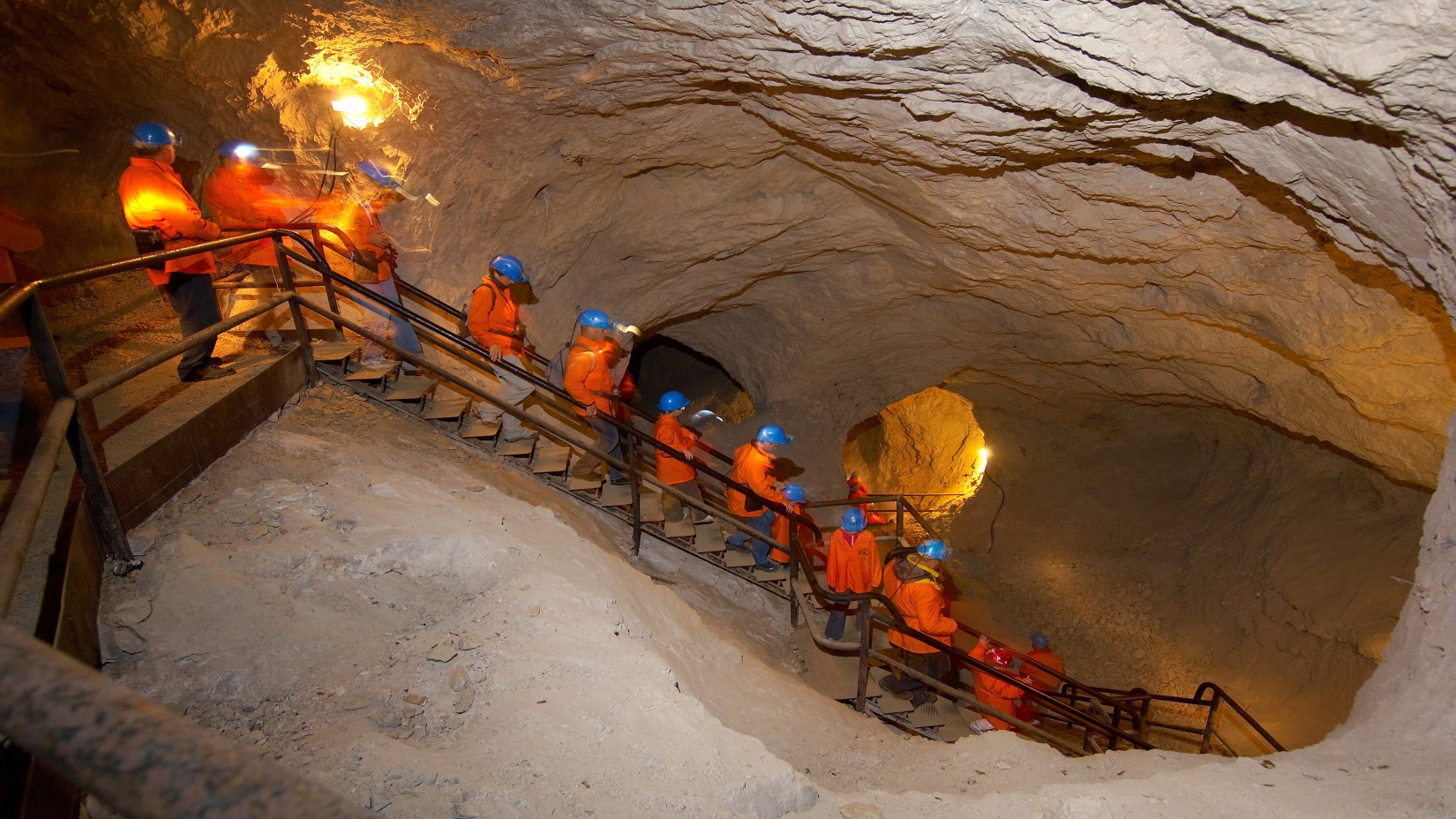
Local and foreign tourists join expert speleologists in exploring the underground world in different locations around the country. Guided caving tours of non-commercial caves are a perfect way of exploring this fascinating subterranean realm, observing the surprising diversity of cave wildlife and learning a great deal about these mysterious geological phenomena.
Unbeknownst to many, a pair of interlinked small caves, Mala and Velika Pasica, are hiding in not so plain sight just outside the capital city of Ljubljana. Used as shelters and storage units during WWII, these caves present visitors with lovely dripstones and bizarre sculptures, especially appealing to young adventurers. If you happen to be in the area, these underground gems make a superb day-trip.
You’re probably familiar with Lake Bled, the celebrated stunner among glacial Alpine lakes. But did you know there’s a spectacular cave located just a stone’s throw away? On the edge of the gorgeous Jelovica Plateau stands a giant hill called Babji Zob (Hag’s Tooth), and below this peculiar rocky giant lies one of the oldest caves in Slovenia and the largest stalactite cave in the Julian Alps.
The Babji Zob Cave was discovered around 1600 and presents visitors with wonderful stalactites, crystals and fossils that make up its passages and tunnels. The cave's main attraction is the Hall of Images, with its large, colourful formations and pillars. For the more adventurous caving enthusiasts, more ‘extreme’ expeditions are organized, which involve abseiling into the deeper parts of the cave and present a truly authentic caving experience. Perhaps not the best idea for the centrophobic or those suffering with vertigo, yet a super safe and exciting experience indeed.
From Bled to Predjama, home of the largest cave castle in the world. This medieval marvel is built over the second longest Slovenian show cave. An impressive 14 kilometres of tunnels have been discovered and archaeological remains dating back to the Stone Age have been found. Besides regular cave tours, deeper sections of the cave in the company of professional explorers, who take visitors through challenging passages and slippery water barriers. Whichever caving experience you opt for, be sure to check out the exceptionally well-preserved Predjama Castle as well. It takes cave-dwelling to a completely different level.
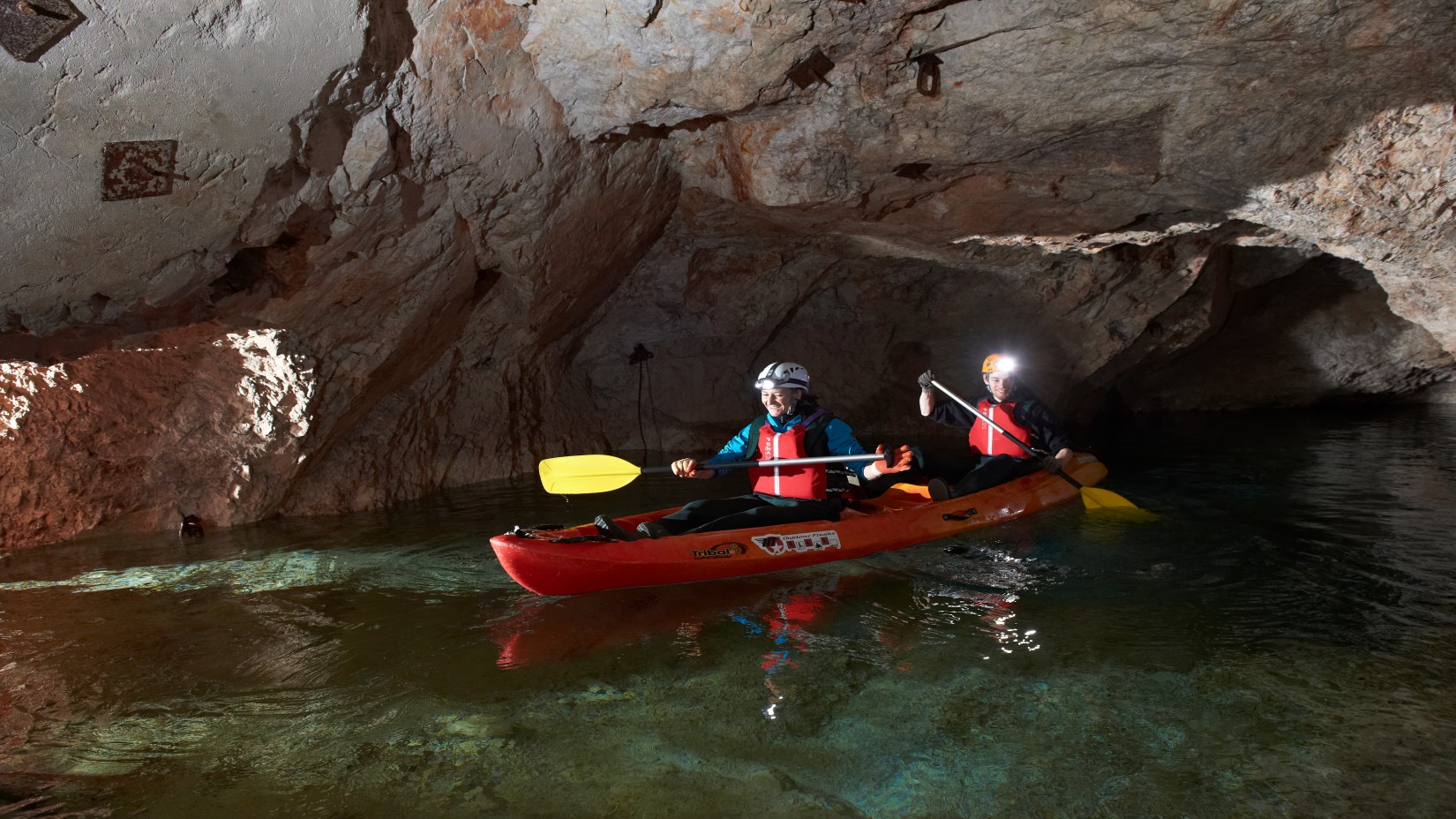
Another highly recommended underground adventure is cave kayaking. Strictly speaking, this activity doesn’t fall under the caving category, as it involves paddling in a flooded mine under a mountain in the picturesque region of Carinthia. That said, it does take place 700 metres under the Earth’s surface where visitors explore a labyrinth of submerged tunnels, excavation sites and incredible underground lakes. Navigating the mysterious narrow passages might not be ideal for claustrophobics, but it’s very safe and just as exciting as it sounds.
Related: The Beauty of Hiking Slovenia
STA, 22 June 2020 - Foreign Minister Anže Logar and his Austrian counterpart Alexander Schallenberg told the press after they met in Ljubljana on Monday that they would do everything in their power so that the shared border was not closed again due to Covid-19. The countries have boosted information exchange and coordination in this field, they added.
Logar stressed that Slovenia, which had its borders opened to a majority of the Western Balkan countries until recently, was keeping close tabs on the development of the pandemic in the countries and taking quick measures if the epidemiological situation worsened.
Schallenberg said regarding Slovenia's decision to remove a majority of the Western Balkan countries from the so-called green list that "one needs to be aware that if one Schengen area country opens its borders, it assumes the responsibility of all others".
He explained that Austria decided which country was safe not only based on an increase in the number of infected persons, but also on a set of other criteria, including to which countries have opened up to these countries.
Ministra @AnzeLog in Schallenberg sta poudarila odlične odnose med državama, izpostavila Leto sosedskega dialoga in zadovoljstvo z dobrim gospodarskim sodelovanjem. Minister Logar je izpostavil tudi pričakovanja slovenske narodne skupnosti v ??➡️https://t.co/MkS2cGhSGz pic.twitter.com/sPphivf2RX
— SLOVENIAN MFA (@MZZRS) June 22, 2020
Logar and Schallenberg agreed they will keep each other informed about future measures and coordinate the country's actions, if necessary. The latter said he could not promise that movement across the shared border would not be restricted again.
The countries are doing everything they can to prevent this, because they do not only share the border, as many citizens and families in both countries are closely connected to the border area, the Austrian minister added.
Logar also said that he had agreed with Schallenberg that reviving the trade flow, including by keeping borders open, and kick-starting the economy and life in general was very important for recovery after the pandemic.
Austria in particular is important for economic cooperation as it is at the top in terms of foreign investments, volume of trade and arrivals of tourists, he added.
Remaining an open issue is control on the Austrian side of the border aimed at stemming illegal migration, which Schallenberg said had been extended until November, as a new increase was expected given the situation on the Turkish-Greek border.
The Austrian minister said that the control was help of sorts for Slovenia, as everybody who crosses illegally into Slovenia knew it would be hard to enter Austria. "This is not a sign of distrust in Slovenia, but a clear signal to smugglers."
Logar said that while Slovenia did not oppose temporary controls on internal EU borders if these were warranted, there should be very transparent and realistic reasons for such measures.
They also discussed cooperation on the EU's multi-year financial framework and the recovery package. "Slovenia and Austria are perhaps sometimes on opposite banks here, which is normal when one is a net contributor and the other is a net recipient," Logar said.
Nevertheless, he is convinced that agreements should be reached as soon as possible, even before the summer holidays. "Sometimes you need to take a step back so that we together can take two steps forward," Logar added.
Schallenberg shared the view that an agreement at the EU level needed to be reached as soon as possible.
The ministers touched on the Slovenian minority in Austria, labelling the upcoming 100th anniversary of the Carinthian plebiscite as an important bilateral event. Logar said it was a historic opportunity to make a step forward in this field.
Schallenberg said he was optimistic about the possibility to develop a "positive story, which will be oriented towards the future while not forgetting about the past" as part of the anniversary.
The Austrian minister also reiterated the wish that the German-speaking community in Slovenia be recognised as a minority.
Later in the day, Schallenberg met representatives of the community, who informed him that certain progress had been made in the dialogue with the previous Slovenian government.
The community thus expects from the current government to continue the dialogue and adopt measures which would ensure long-term protection of the community's work, the community's union of cultural association said in a press release.
The anniversary of the Carinthian plebiscite was meanwhile the main topic as Schallenberg was received by President Borut Pahor, who noted that he and his Austrian counterpart Alexander Van der Bellen had agreed to mark it together
Preparations are under way and they pursue the goal that ceremonies are held with dignity and in a European spirit. The presidents will speak about this at a meeting on 7 July in Vienna, the president's office said.
It added that Pahor was happy with the intention of the new Austrian government to improve the situation of the Slovenian minority, and that the anniversary could be a major milestone in the advancement of bilateral relations.
Why are people getting “free money” to go on vacation?
Slovenia is attempting to restart its tourism industry by spending up to €345 million on tourist vouchers (turistični boni) for all permanent residents, with people being encouraged to have a domestic vocation and do their patriotic duty by then going out and enjoying meals, activities and so on to make up for the expected loss in foreign visitors.
How much will I get?
All permanent residents of Slovenia aged 18 and over in 2020, including foreigners with that status as of 13 March 2020 and those whose 18th birthdays are later this year, will a get €200 tourist voucher. Those under 18 will get €50.
When can I use the money?
The vouchers can be used from today, 19 June, until the end of the year. If you haven’t used the money by 31 December, then you’ll lose it, with the government expecting around €100 million will remain unclaimed.
How can I get my voucher?
The vouchers are not actual pieces of paper, but will be paid to the place you book accommodation based on your tax number and identification details (perhaps only the latter, but we recommend having your tax number with you, if an adult, to avoid disappointent), which you’ll need to show, along with completing a form, at the reception desk. But note that providers do not have to accept the vouchers – so check before making a booking.
Do I need to spend all €200 at once?
No, you can use the money in installments, and you can check your balance online - find out how here.
Where can I spend the money
In short, any registered tourist facility that offers accommodation, with or without breakfast, such as hotels, self-catering units, lodges, tourism farms, private homes (aka Airbnb), mountain huts, camps and other facilities.
What if I don’t want to travel?
Then you can transfer the money to a relative within the immediate family, with siblings and cousins excluded, with more details here. Note that the entire amount must be transferred at one time.
I run an accomodation provider – when will I get paid?
FURS – the tax office – should pay you within 30 days of the guest checking in and using a voucher.
What about fraud?
If you violate the rules on transferring your voucher to another person then there are fines from €200 to €600. If a tourist provider commits fraud, the fines are from €3000 to 40,000 – see here.
Anything else I should know?
Yes, the provider will need internet access to validate your voucher at the reception desk. While this shouldn’t be a problem with most places, mountain huts may have unreliable connections. In which case the guest will need to pay, get a receipt, and then apply fro a refund from FURS within three days of checking out. The refund should then be delivered within 30 days.
Can I bring a guest?
Yes, but the person with the voucher will need to be traveling with the guest and stay overnight at the same place.


